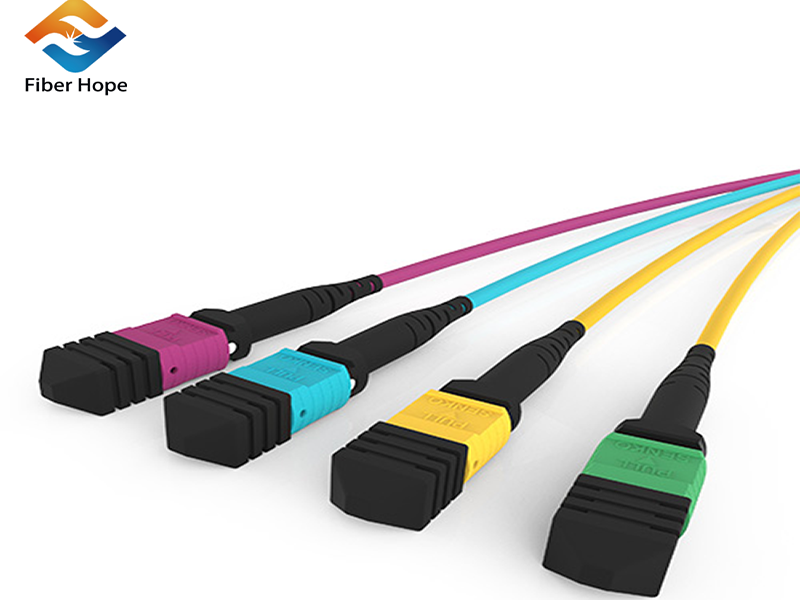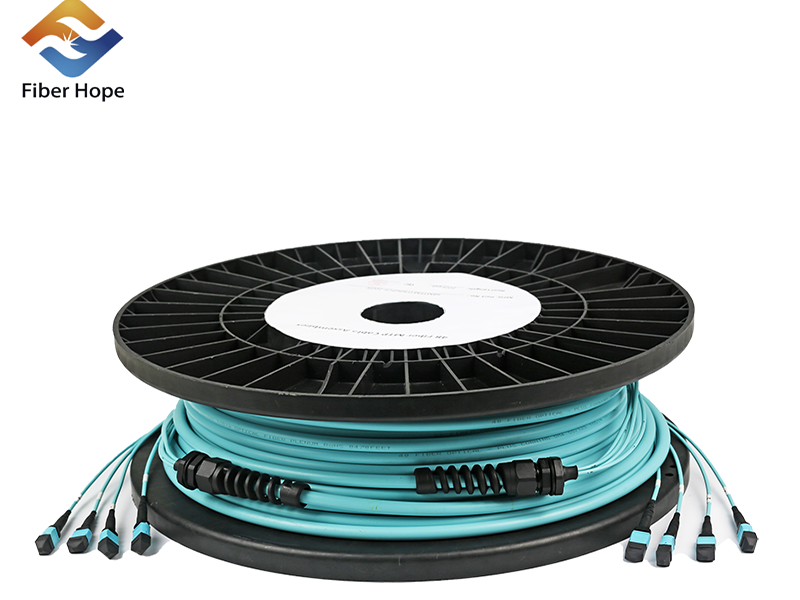Fiber Hope Optical Communication Tech Co.,Ltd.
E-mail:kevin@fh-fiber.com
Fiber Hope optical fiber communication expert & fiber optic cable manufacturer
E-mail:kevin@fh-fiber.com
Fiber Hope optical fiber communication expert & fiber optic cable manufacturer
According to the transmission mode of light in the optical fiber, it can be divided into: single-mode optical fiber and multi-mode optical fiber. There is only one word difference between single-mode and multi-mode, is it just a simple difference in the number of modes? Are there any differences? Below, let's take a look with the Fiber Hope .

Single-mode fiber: can only transmit signal waves in one mode. Because single-mode fiber only propagates along a straight line without reflection, there is no modal dispersion, which makes the transmission frequency band of single-mode fiber very wide, so it is suitable for backbone, large-capacity, and long-distance systems. Light-emitting diodes or lasers are used as light sources, and two bands of 1310nm and 1550nm are used. The central glass core of a single-mode fiber is very thin (the core diameter is generally 9 or 10 μm), which is much thinner than a multi-mode fiber in terms of appearance.
Multi-mode fiber: It can carry the transmission of multiple optical signals, that is, multiple optical paths can transmit multiple modes of light in one fiber at the same time. Because there are multiple modes of transmission, there is a large inter-mode dispersion. The transmission performance is poor, the frequency band is narrow, and the capacity is small. Therefore, the transmission distance of multimode optical fiber is relatively short, usually only a few kilometers, and is often used in small capacity and short-distance systems. The multi-mode fiber uses a laser as the light source and uses two wavebands, 850nm and 1300nm. The center glass core of multimode fiber is relatively thick (50 or 62.5μm).
In terms of price, under the same specifications, single-mode is more expensive than multi-mode. From a practical point of view, multi-mode is basically used in data access optical cables. The biggest disadvantage of multi-mode compared to single-mode is Inter-mode dispersion (due to the different speeds of the same light in different modes). In China, 62.5/125 multimode fiber is mainly used. As for the difference between the two, it seems that the use of the cable is different, and the 50 is mostly used for indoor optical cables.
Judging from the appearance color, single-mode fibers are all yellow, Gigabit multi-mode is orange-red, and 10-Gigabit multi-mode is light blue.

The main difference between multi-mode fiber and single-mode fiber lies in the different light transmission methods, and of course the bandwidth capacity is also different. The diameter of the multimode fiber is large, and the beams of different wavelengths and phases are continuously reflected and transmitted along the fiber wall, causing dispersion and limiting the transmission distance and bandwidth between the two repeaters. The bandwidth of the multimode fiber is about 2.5Gbps. The diameter of a single-mode fiber is relatively small, and light travels in a straight line and is rarely reflected. Therefore, the dispersion is reduced, the bandwidth is increased, and the transmission distance is also lengthened. However, the price of the optical end equipment matched with it is relatively high, and the bandwidth of single-mode fiber exceeds 10Gbps.
Fiber hope fiber optic cable and patch cord manufacturers can provide high-quality fiber optic cables,
fiber pigtails, fiber patch cords, single-mode multi-mode fiber, welcome to inquiry!
copyright©2025 FIBER HOPE OPTICAL COMMUNICATION TECH CO。,LTD。| All Rights Reserved
Hello, please leave your name and email here before chat online so that we won't miss your message and contact you smoothly.